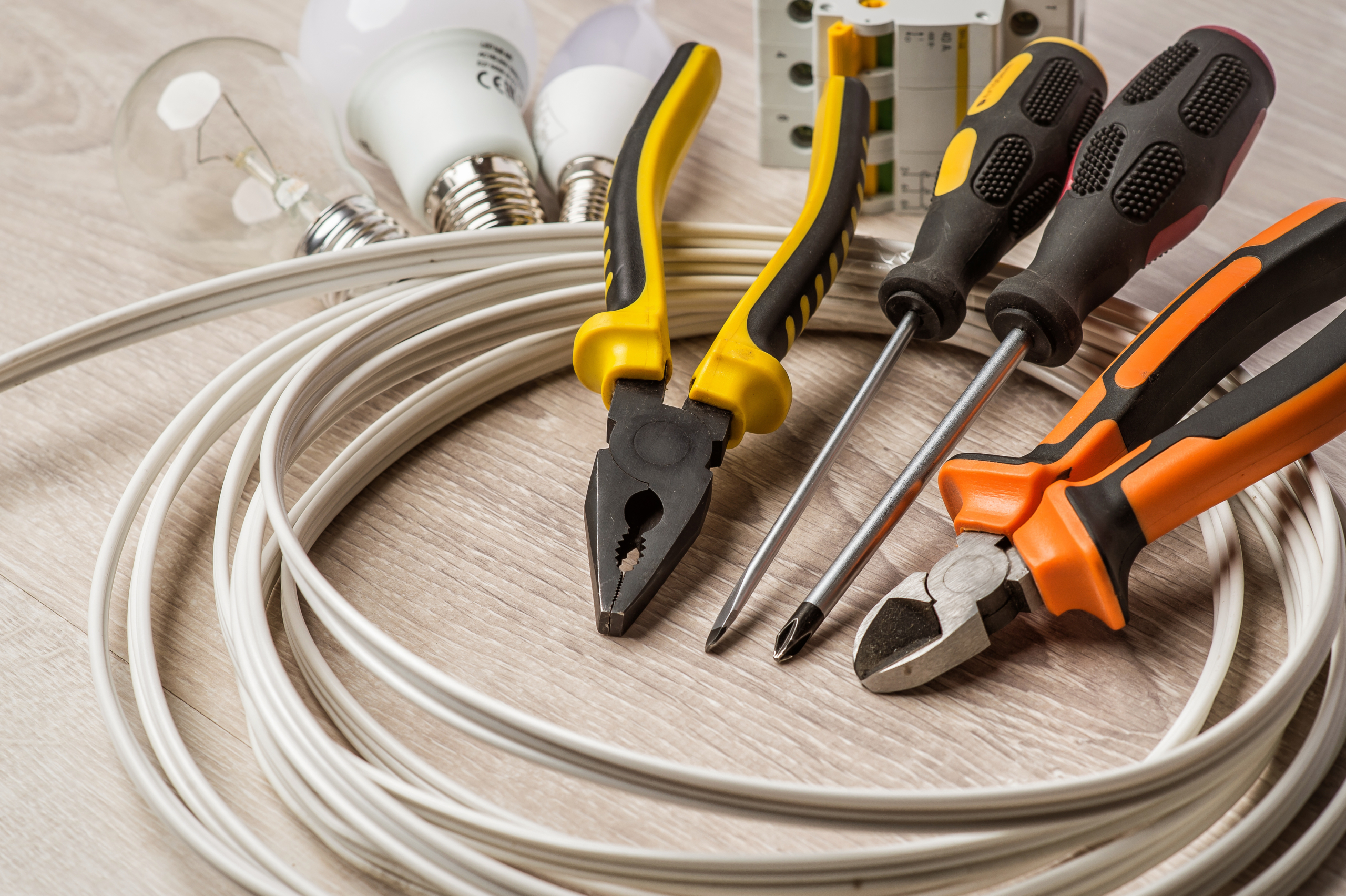Comprehensive Solutions from BRE Services for All Your Demands
Comprehensive Solutions from BRE Services for All Your Demands
Blog Article
The Ultimate Overview to Electric Installment: Tips and Methods for a Safe and Efficient Home Electrical Wiring System
In the realm of home upkeep, couple of elements are as critical yet frequently overlooked as the electrical circuitry system. Making sure a secure and reliable home wiring setup requires not only a basic understanding of electric concepts yet also sensible understanding of installation methods and maintenance protocols. From browsing the complexities of cable links to troubleshooting common issues that may emerge, this overview aims to equip homeowners with the necessary ideas and tools needed for a safe and energy-efficient electric system. By exploring the subtleties of electric precaution and energy-saving methods, this extensive overview will certainly lose light on the complexities of home wiring, empowering individuals to organize their house's electrical infrastructure.
Comprehending Electrical Security Procedures
To ensure the security of both individuals and property, understanding and applying proper electrical security steps is vital in any home circuitry task. It is important to carry out a complete examination of the electric system before starting any electrical wiring task to identify prospective threats or issues that need to be resolved.
In addition, making use of the ideal tools and tools is important for preserving safety during electric setups. Shielded gloves, voltage testers, and protective eyeglasses are several of the basic security gear that need to be put on to stop electrical shocks or mishaps. It is likewise crucial to de-energize circuits before dealing with them and to identify all circuits and breakers plainly to prevent complication.
.jpeg)
Necessary Tools for Home Electrical Wiring
Making certain the appropriate application of electrical precaution in home circuitry tasks involves making use of a certain collection of necessary tools designed to facilitate the installation process efficiently and safely. Some of the key devices required for home electrical wiring jobs include a voltage tester for examining real-time cables, cable strippers for removing insulation from wires, a cord cutter for specifically reducing cords to size, a screwdriver established for safeguarding electric components, electrical tape for insulation and safeguarding links, a wire ripper for stripping wire sheathing, and a multimeter for gauging voltage, present, and resistance. Furthermore, a drill with little bits is essential for producing holes for circuitry and mounting electric boxes, while fish tapes or rods aid in pulling cables via avenues or walls. It is essential to buy high-quality tools to ensure precision, performance, and safety and security during home electrical wiring tasks. By having the essential tools easily available, property owners can properly browse the setup procedure and preserve a secure electrical system within their homes - BRE Automation Australia.
Step-by-Step Electrical Setup Overview
Starting an electric installment job calls for meticulous planning and adherence to safety and security standards. Before starting any work, ensure you have a detailed strategy outlining the format of the electrical system, consisting of the positioning of electrical outlets, buttons, and components. Think about the power requirements of each tool to determine the suitable cord scale and breaker dimensions.
The initial step browse around these guys in the setup procedure is to shut down the power supply to the area where you will be working. Make use of a voltage tester to validate that the circuits are de-energized prior to touching any wires. Next, meticulously remove existing fixtures or outlets and separate the wires.
When setting up new wiring, run cables through walls and ceilings, safeguarding them in location with proper fittings. Adhere to local structure codes and maker instructions for correct wire installation and links. BRE Electrical. See to it to classify wires for very easy recognition and future maintenance

Troubleshooting Common Wiring Issues
Having actually finished the setup process as outlined in the previous subtopic, repairing typical electrical wiring concerns is an important visit this web-site ability for making sure the security and capability of your electric system. One usual issue is a stumbled breaker, usually triggered by overloaded circuits or a short circuit. To troubleshoot this, find the breaker panel, identify the stumbled breaker by trying to find the one not completely in the "on" position, and reset it by flipping it totally to "off" and after that back to "on." One more widespread problem is a damaged electrical outlet, defined by no power or intermittent power supply. Make certain the electrical outlet is not regulated by a switch, after that utilize a voltage tester to examine for power. If there is no power, turn off the circuit, examine the circuitry links for any loose or damaged cables, and replace the electrical outlet if essential. Continually flickering lights can suggest loose circuitry connections or an overloaded circuit. To resolve this, check and tighten up all wire links in the influenced components and switches and rearrange the lots on the circuit to balance the electrical demand. Consistently evaluating and promptly addressing these usual circuitry issues will keep the security and efficiency of your home electric system.
Tips for Energy-saving Electrical Systems
For optimal power effectiveness in electrical systems, implementing clever practices and making use of energy-saving technologies is vital. One essential pointer why not try these out for achieving an energy-efficient electrical system is to update to LED lights. Appropriate insulation and sealing of windows, doors, and electric outlets can likewise stop power loss, ultimately lowering the workload on electrical systems.
Verdict
In conclusion, applying appropriate precaution, utilizing necessary tools, adhering to a step-by-step setup overview, fixing typical concerns, and incorporating energy-efficient suggestions are important for a secure and reliable home wiring system. By sticking to these methods, home owners can make certain the durability and capability of their electric installments. It is very important to focus on safety and security and performance when it involves electric work in order to avoid potential risks and to keep a trusted electrical system in the home.
Report this page